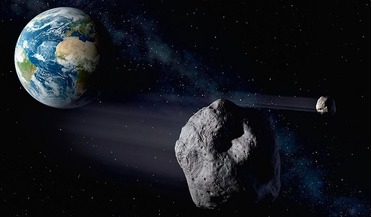 December 2014
Finding NEO
December 2014
Finding NEO
... the air over Tunguska in Siberia, devastating a large area in the tundra, as well as many much smaller meteorites, such as the Chelyabinsk meteorite in 2013 that caused extensive property damage. These are the result of collisions between the Earth...
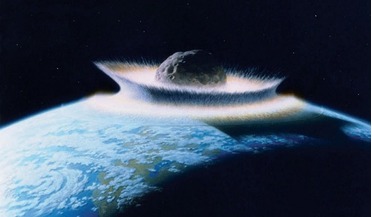 July 2014
Preventing catastrophic impact
July 2014
Preventing catastrophic impact
... in Peru caused a crater with a diameter of 30 metres and six metres deep; • 15 February 2013: the explosion of the Chelyabinsk Meteorite, with a force of around half a megaton, injured more than 1,600 people in the Russian city...
 September 2016
URBOCOP: saving planet Earth
September 2016
URBOCOP: saving planet Earth
... 2007 - explosion by the village of Carancas, Peru, forming a 30 m diameter and 6 m deep crater. 15 February 2013 - the 20 m Chelyabinsk meteorite that fell in Russia led to significant damage and wounded about 1500. If it had entered the atmosphere...
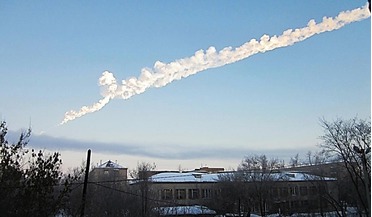 February 2016
Data Systems to Support Early Warning of Spaceborne Emergency Situations
February 2016
Data Systems to Support Early Warning of Spaceborne Emergency Situations
... the atmosphere and Earth’s surface are used. These methods were used to simulate the trajectory of the Chelyabinsk meteorite 60 days prior to its fall. Its trajectory was simulated in order to demonstrate system use in the case of a real...
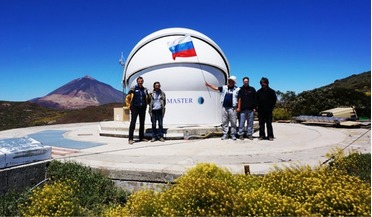 February 2017
Global robotic network for monitoring near-Earth and outer space
February 2017
Global robotic network for monitoring near-Earth and outer space
...researchers. For example, after the impact of the Chelyabinsk asteroid, much attention was paid to searching for ...discover potentially dangerous asteroids about the size of the Chelyabinsk meteorite between five and seven days before they get ...
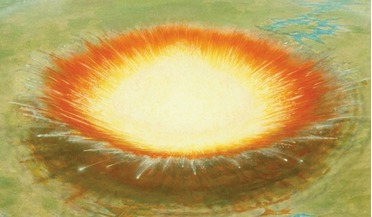 February 2016
Protecting Earth from cosmic disasters
February 2016
Protecting Earth from cosmic disasters
... the necessity of developing measures for its prevention. Planetary Safeguard System The unexpected fall of the Chelyabinsk meteorite showed that humanity has neither effective methods for detecting dangerous celestial bodies nor the capacity...